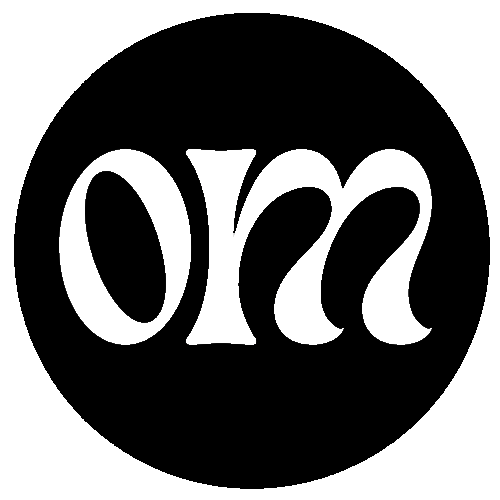An Educators Guide to 2025: Manifest
Each year, teachers in the United States set professional and personal goals for what they want to accomplish. Their personal goals often become mantras that guide them as they navigate complex education systems, growing social pressures, and individual family preferences. In 2025, if a teacher's goal is to ensure adequate representation, how can this be maintained amidst budget cuts, book bans, mass firings, and other challenges?
As a teacher for nearly five years, I have come to believe that much of education is about manifestation and embodiment. Growing up, I never saw an adequate representation of my own multifaceted identity in the classroom. My identity was often reduced to a few sentences in a textbook, accompanied by a photo of a genocide victim. On difficult days, when I felt unseen and burdened by stereotypes and microaggressions, I found solace in the poem Still I Rise by Maya Angelou. This poem became my mantra, grounding me and reminding me of my resilience.
When I became an educator, creating a curriculum that provided representation felt like a natural extension of this mantra. I believe this was because I had created the right energy and space for it to happen—I was able to rise. In the back of my mind, I carried the memory of books that highlighted themes of ability, race, and ethnicity. In particular, I ensured that my curriculum included voices and stories from the AAPI/SWANA community.
In 2025, we find ourselves in a unique and challenging time—diversity within education is increasingly inaccessible. In many ways, it feels like we have taken several steps backward. Yet, the foundations laid by those who came before us remain strong. The works of influential authors, activists, and educators endure, and we must find ways to incorporate them into our teaching. The challenge lies in how we manifest these spaces for progress. How do we maintain self-care to prevent burnout? How do we ensure that marginalized students feel seen in their coursework, even as policies attempt to erase their diverse identities?
I am no expert, but I believe that ensuring a space where students feel supported through representation begins with a grounded educator. Inner peace must be achieved in some form before we can tackle daily activism through education. This inner peace can be cultivated through mantras—whether self-developed or inspired by the works of others. Music, poetry, art, stories, and more can serve as grounding mantras. Bonus “aura points” if these mantras are inspired by aspects of our own backgrounds.
From this place of inner stability, we can create environments that uplift and support our students, especially those whose voices are being silenced. In this time of uncertainty, we must strive for inner peace, as it will help us find the answers we seek, build the curricula we are tasked with developing, and provide the representation our communities need. Right now, what we can do is find the mantra that grounds us and cares for us in the moment, allowing us to be the best versions of ourselves for our students.
If you are looking for AAPI/SWANA inspiration, here is a brief list of authors who may inspire you to craft your own mantra: Ocean Vuong, Cathy Park Hong, Grace Talusan, Viet Thanh Nguyen, Ruth Ozeki, Trung Le Nguyen, Malinda Lo, Monica Sok, Alexander Chee, Jenny Zhang, Hala Alyan, Randa Jarrar, Elif Shafak, Zeyn Joukhadar, Liana Aghajanian, and Peter Balakian.
